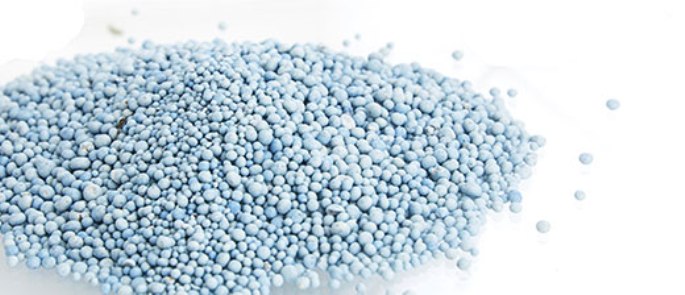 |
Fert Options with Robin Boom Agronomic Advisory Services |
With the recent escalation of fertiliser prices, it would be a good idea to fine tune nutrient requirements to exactly what the soil test results indicate is required and not waste money on elements that tests indicate there are adequate levels of.
I have always advocated for a much broader soil audit than those done by most fertiliser reps who normally only test for six elements, yet plants need 16 elements and animals need 17 elements to grow and function properly, and when you are only looking at six, many of the essential elements are being ignored.
Micronutrients play important enzymatic roles in plant nutrition, assist with defences against diseases, and act as catalysts for the absorption and uptake of macro-elements.
In livestock the importance of iron, manganese, zinc, copper, cobalt, selenium and iodine are well known and when these are insufficient then health and performance are compromised.
The huge increase in shipping costs in recent months particularly affects the macro-elements nitrogen, phosphorus, potassium, sulphur and magnesium, and the delays in the arrival of some of these, particularly magnesium in relation to cow health around calving this spring, is cause for concern.
Although the importation of trace elements has also become more expensive, being high value products, the shipping costs are only a small percentage of the overall costs, so relative to the macro-elements it may only be marginally more expensive.
The exception is trace elements for which there is extra demand worldwide such as cobalt which is being used in the manufacture of car batteries for electric cars.
Zinc and manganese prices are also sky-rocketing on the world market.
Considering options (sidehead)
As well as the higher shipping costs, high analysis phosphate fertilisers triple super and DAP and compound fertilisers such as 12-10-10 have gone up in price by 60 per cent since last year, so farmers and growers would be wise to consider alternatives to these for which there are a number, and also ask whether P is actually required based on soil and herbage test data.
Using locally manufactured single superphosphates or imported RPR products, or considering waste products such as chicken manure and other animal manures (pig, goat, horse, cowshed/feedpad), composts, whey, sludges etc can be good economic options.
There are also some imported products which can be sourced a lot cheaper than what the two big fertiliser co-ops sell them for, and as I write I know of two importers selling triple super for around $400/tonne less.
When both co-ops are selling single super for under $350/tonne and when their triple super is around $1000/tonne it makes little sense to use their triple super unless cartage and spreading costs are very high.
Value in testing? (sidehead)
In the past I have been dismissive of all paddock testing as I have considered the many thousands of dollars spent on lab costs is better spent on products, but with the current high cost of fertiliser inputs, doing a lot more testing can mean targeting individual paddocks with specific elements, which may not be required on other paddocks.
Some farmers who have done all paddock testing claim that the extra lab costs is more than compensated by not needing to apply certain elements to parts of their farms.
This is likely to be of more benefit on farms with good fertiliser histories, whereas for hill country farmers with known low fertility levels everywhere who are still in the process of getting levels up to biological optimum, a blanket approach of the same fertiliser applied everywhere would be better. Some farmers who have had all paddock testing done have found it all too difficult to put different special mixes on different paddocks, and have gone back to a broad brush approach of just averaging the results out and blanketed everything with one mix.
However with fertiliser price increases, a more targeted fine tuning approach is likely to pay dividends.
After all paddock testing, when the differences have been addressed, returning to a monitoring program of only testing several paddocks should suffice.
The value of all paddock testing is still up for debate.
A dairy conversion I visited a number of years ago had had all paddocks tested prior to me being asked to look at their fertiliser needs.
It had cost them $7000 in lab costs and the farm had four blocks of different management histories, yet the paddocks within each of these blocks tested almost identical, but the four blocks were quite different to each other, even though they were the same soil type.
Consequently, I gave four recommendations, one for each block, which would have been the same result if only a single paddock had been sampled from each block. All paddock testing can have value, but not always.

Robin Boom, member of the Institute of Professional Soil Scientists. Phone: 027 444 8764.


0 Comments
Leave a Comment